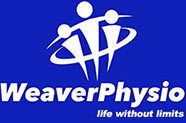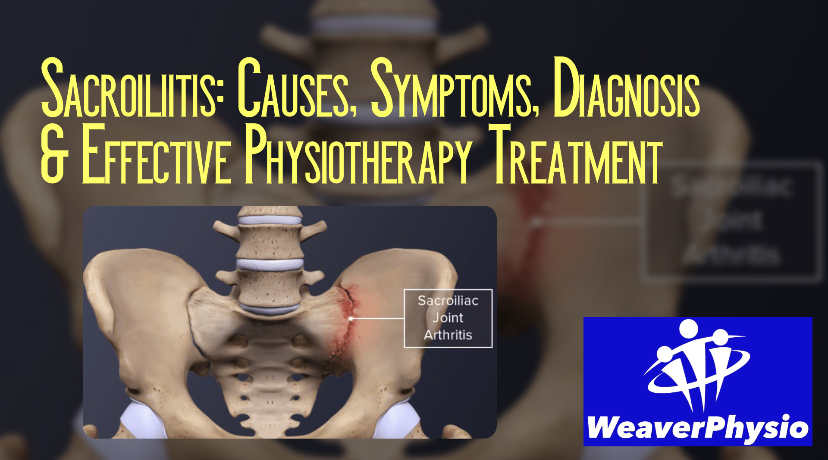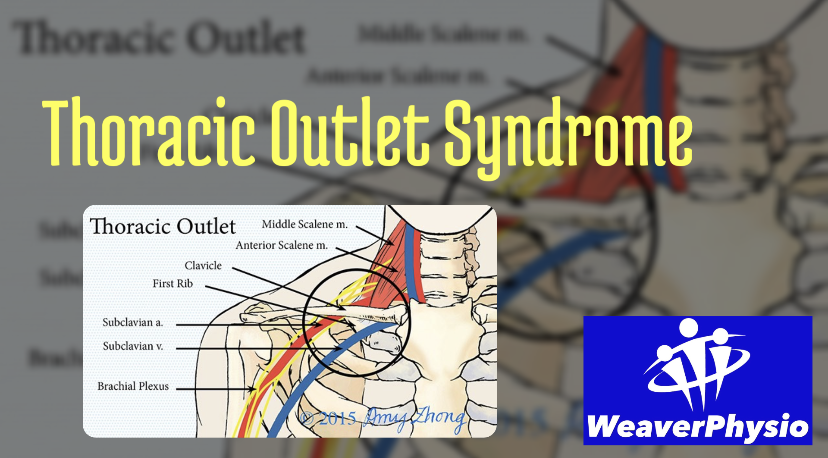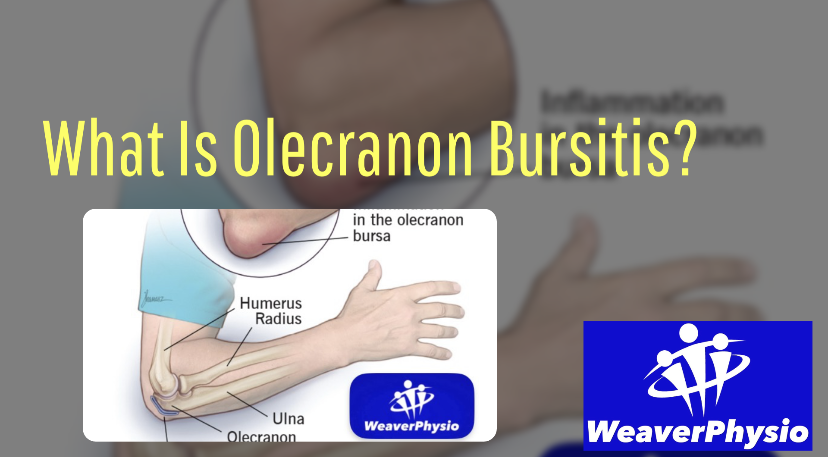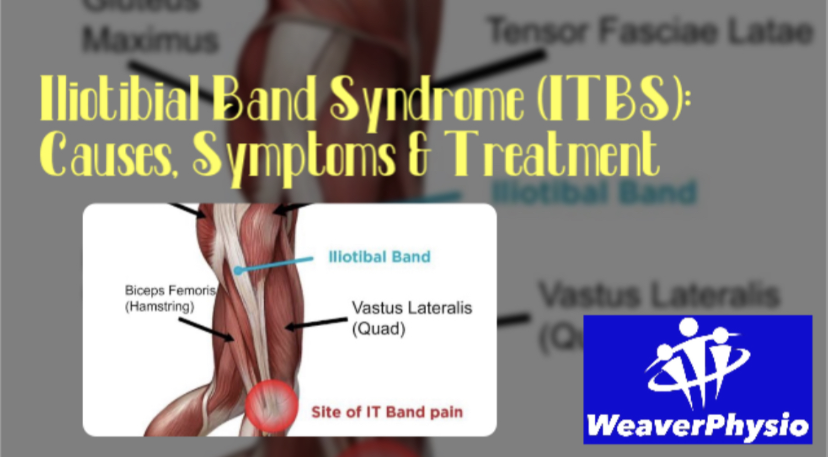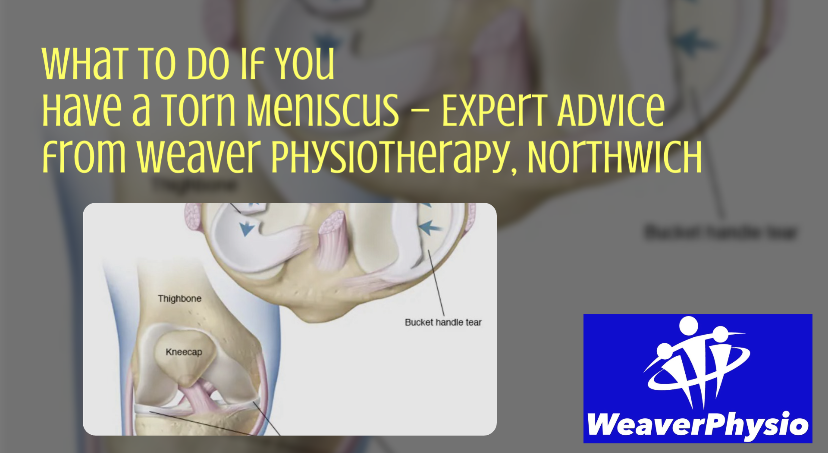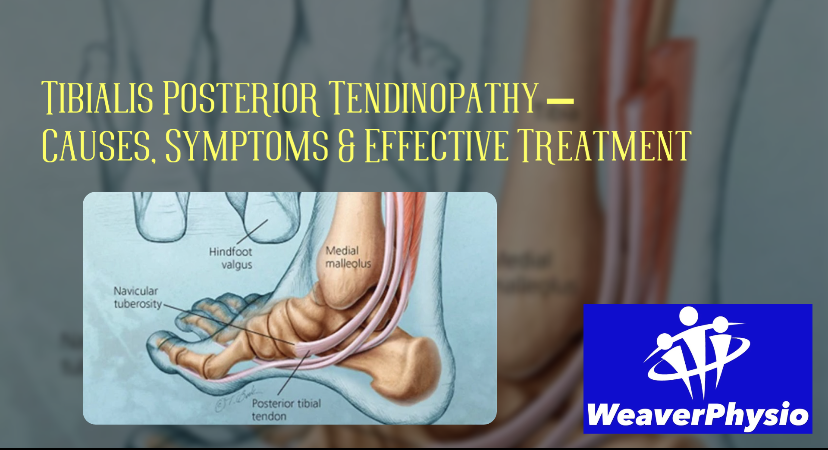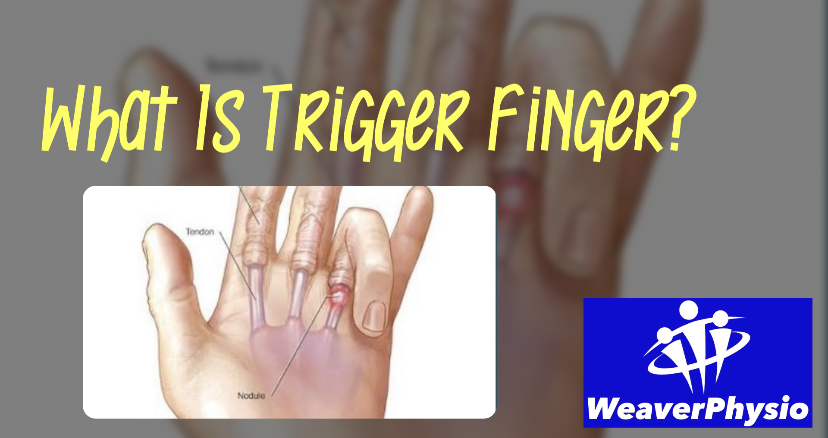Fibromyalgia Treatment Northwich
How Manual and Massage Therapy at Weaver Physio Can Help
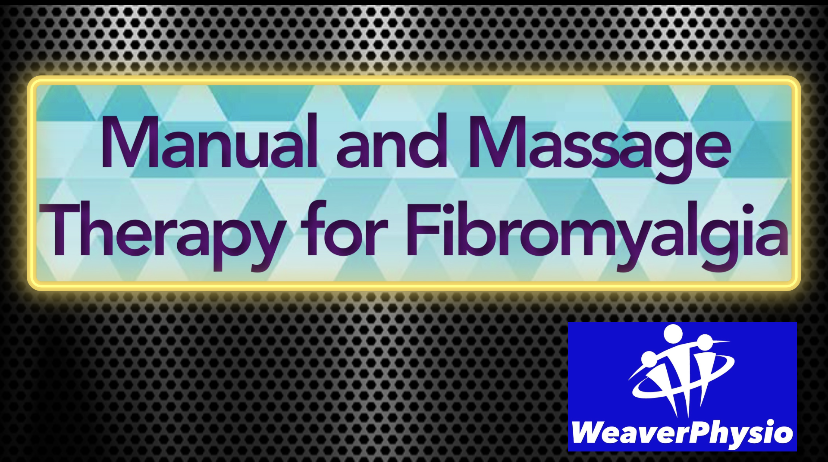
Living with fibromyalgia often feels like a daily struggle against widespread pain, stiffness, and fatigue. While several treatments exist, many people find consistent relief through hands-on care such as manual therapy and massage therapy. At Weaver Physiotherapy & Sports Injury Clinic in Northwich, we offer tailored, evidence-based treatments that directly target the physical symptoms of fibromyalgia.
These therapies are far more than relaxation techniques—they involve structured, therapeutic movements designed to improve tissue health, reduce pain, and restore natural movement. Manual and massage therapy work directly on the muscles, joints, and connective tissues to ease symptoms and support long-term wellbeing.
Benefits of Manual Therapy for Fibromyalgia
1. Targeted Pain Relief
Fibromyalgia is known for its painful trigger points. Manual therapy focuses on specific areas of muscular dysfunction and tightness, helping to reduce these localised pain spots. Hands-on techniques aim to desensitise these regions and interrupt the chronic pain cycle.
2. Improved Joint Mobility
Many people with fibromyalgia experience joint stiffness that makes even simple tasks uncomfortable. Manual therapy works to gently mobilise joints and restore their natural range of motion—helping you move more freely and with less discomfort.
3. Enhanced Circulation
Manual therapy promotes healthy blood flow to stiff or painful tissues. Increased circulation not only supports healing but also helps flush out metabolic waste and reduce the sensation of soreness common with fibromyalgia flare-ups.
4. Muscle Tension Reduction
Tight, overworked muscles are a key symptom in fibromyalgia. Our therapists use precise techniques to relax and lengthen tight muscles, which can reduce spasms and improve your comfort levels.
5. Postural Realignment
When living with chronic pain, people often adopt protective or unnatural postures. Over time, these changes can worsen pain and fatigue. Manual therapy can help restore better posture by addressing imbalances and improving muscle function.
6. Supporting the Body’s Healing Process
Manual therapy encourages the body’s own natural healing mechanisms by promoting better alignment, tissue function, and circulation. This holistic effect can improve your body’s resilience and reduce symptom intensity over time.
Benefits of Massage Therapy for Fibromyalgia
Massage therapy is one of the oldest healing methods in the world—and remains one of the most effective for fibromyalgia management. At Weaver Physio, our massage treatments are adapted to suit your needs, helping to calm the nervous system, reduce stress, and ease muscle discomfort.
Fibromyalgia often involves an overactive nervous system, which heightens pain sensitivity. Therapeutic massage can help rebalance this system, reducing pain signals and helping you feel more at ease.
1. Deep Relaxation and Stress Relief
Gentle, rhythmic massage activates the parasympathetic nervous system—your body’s “rest and restore” mode. As stress hormones decrease, your muscles relax, heart rate slows, and a sense of calm takes over. For many with fibromyalgia, this shift is essential to breaking the cycle of tension and pain.
2. Better Sleep Quality
One of the most common complaints in fibromyalgia is poor sleep. Massage has been shown to improve sleep quality by helping the body and mind relax more deeply. With regular sessions, many clients report falling asleep faster and waking feeling more refreshed.
3. Improved Circulation and Reduced Inflammation
Massage encourages better circulation, bringing oxygen and nutrients to sore areas while flushing out toxins and waste. This helps reduce inflammation, muscle heaviness, and the aching sensation fibromyalgia often causes.
4. Natural Pain Relief Through Endorphins
Massage stimulates the release of endorphins—your body’s natural painkillers. These chemicals can ease discomfort quickly and support long-term pain reduction when released consistently through regular massage therapy.
Why Choose Weaver Physio for Fibromyalgia Care?
At Weaver Physiotherapy & Sports Injury Clinic, we understand how fibromyalgia affects both body and mind. Our Northwich-based team provides expert, compassionate care that goes beyond a generic approach. We tailor each session to your pain patterns, energy levels, and treatment goals—helping you feel more in control and less burdened by your symptoms.
Ready to Take the Next Step?
If you or a loved one is navigating the challenges of fibromyalgia and looking for a gentle, effective, and hands-on approach to relief, consider incorporating manual or massage therapy into your care. Our experienced therapists at Weaver Physio are here to guide and support you every step of the way.
📞 Contact us today to learn more or to book your initial consultation.

